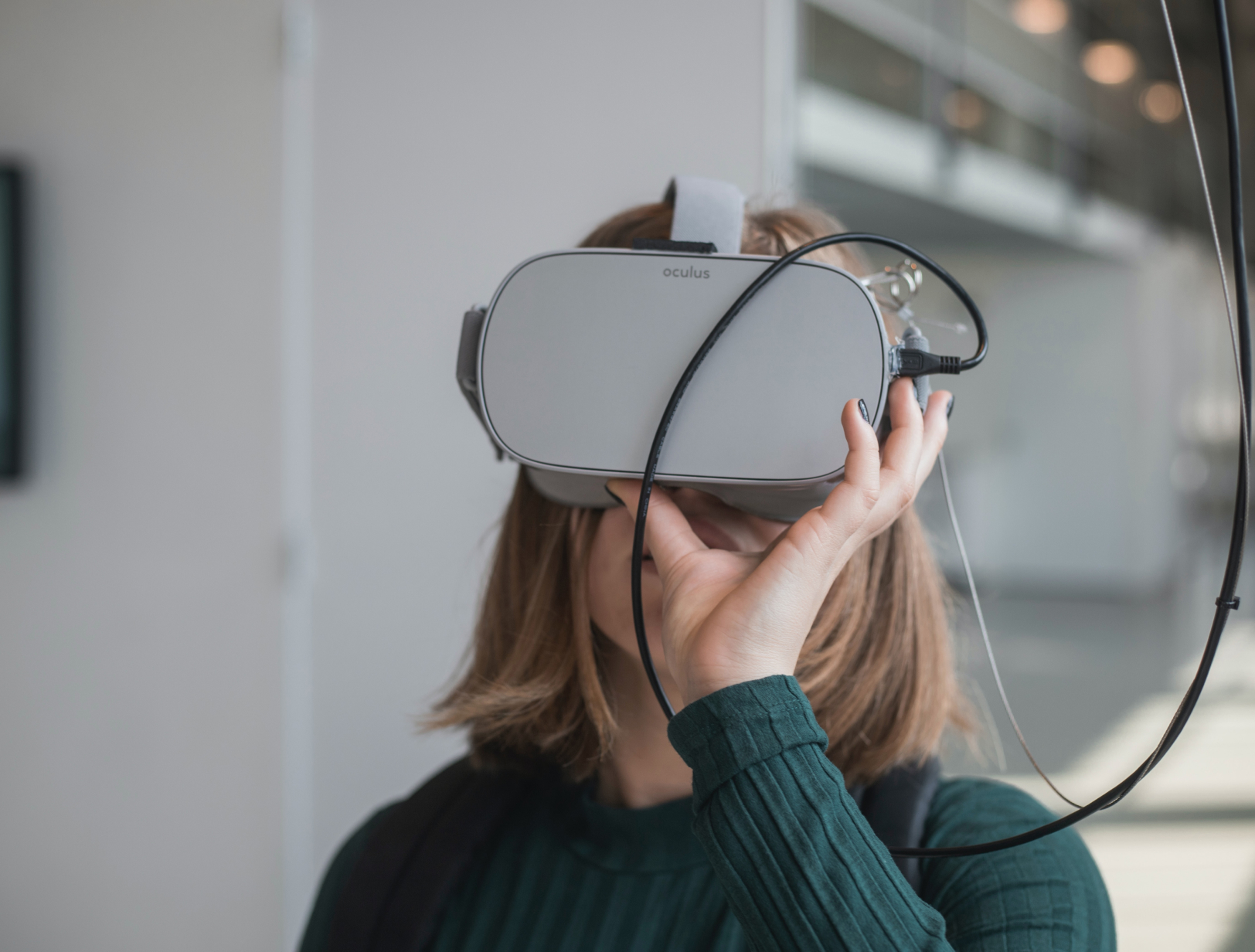Flow

The context
Flow is a startup established by Quebec-based neuropsychologist Annie Desmarais who, through her own practice and conversations with colleagues, believes that performing repetitive administrative tasks takes up an excessive amount of time in the field, taking away from patient care. This often leads to a backlog of patients and, in some cases, professional burnout. Flow aims to address these issues by streamlining and automating processes to speed up data analysis and reporting in order to address growing waitlists and alleviate the province’s mental health crisis.
Upon joining Centech, Montreal’s leading tech incubator, Flow approached us to help them design a web application that would serve as a centralized platform for both practitioners and patients. The proof-of-concept would be accompanied by comprehensive technical documentation, including validated cost estimates, to help facilitate development once funding has been acquired.
Here’s how we did it.
Project details
The challenge
When designing a product with vast potential, our biggest design challenge is to prioritize features effectively. Staying focused on the ones with the highest value to its end-users, as well as to showcase core features, is crucial. For this project, the web app would need to cover various scenarios and use cases, such as creating new patient folders, setting up an evaluation checklist, sending out questionnaires, collecting data, reviewing reports, and transmitting results. Functionality would include the ability to fill out and submit forms, receive notifications, write and edit text, among others.
What’s more, Flow aims to integrate AI into their product, allowing for data points from patient assessments to be transformed into written text using ChatGPT as a basis for reports. Neuropsychologists could then leverage their professional expertise to revise and refine the text, rather than writing reports from scratch, significantly reducing their workload. From a technical perspective, prioritizing security measures to safeguard sensitive medical data and mitigate potential risks associated with integrating data into AI presented another challenge.


The task at hand
In the healthcare field, legal compliance and best practices are crucial. To address this, Flow came to us, prepared with a five-phase checklist they had created that would keep neuropsychologists on track throughout patient evaluations. This checklist served as our North Star, helping to guide many of our design choices.
We conducted an in-depth Discovery Phase for Flow. Our tailor-made process is based on Design thinking principles, the Design Sprint methodology, and our extensive experience in facilitating digital transformation. It involves four stages: Understand, Ideate, Shape, and Plan. On this project, the Understand phase really helped us get a full picture of the relationship neuropsychologists have with both their work and their patients in their day-to-day. It was essential knowledge for us to have in order to sketch out and wireframe a useful product that would serve as a work tool.
We ran multiple workshops with the client including experience mapping, validating user flows and UX architecture, sketching, as well as prioritization workshops at the end of each phase to make sure we remained focused on features that would bring the most added value to Flow. Knowing it would be important for a new startup like Flow to have a strong brand identity, we also conducted an artistic direction c, helping us to create two brand concepts for them to pick from, including their new logo, brand colors, fonts, and more.
Although this was a design project, one of our technical leads was involved in the project every step of the way. Her role was integral in identifying the security implications of the product, and estimating the development requirements, time, and costs that would ultimately be associated with bringing the prototype to life.





The end result
The six-week project wrapped up in February and we’re proud of the comprehensive prototype that we built for Flow. This project balanced a need for a custom solution that would also be affordable for a startup to implement. To meet Flow's needs, we adapted Material Design's system library to our needs to easily onboard developers to the project in the future.
Flow was highly engaged in the workshops, exhibiting creative confidence and receptiveness throughout the process, which made the working dynamic fun for all involved. The client was impressed by the navigable prototype's potential for introducing their product to potential investors. They are eager to share how neuropsychologists will more easily be able to track their patients' evaluation progress and be notified when action is required. Of note are the prototype's demonstration of a report's auto-redaction feature and automated report summary, two of the biggest pain points Flow aims to solve.
What’s next
Armed with a brand concept, an extensive prototype, and comprehensive technical documentation with validated cost estimates and a development roadmap, Flow is now actively seeking investment. Once funding has been acquired and development is complete, their tool will help optimize neuropsychologists' work and make it possible for them to take on more patients, helping to reduce wait times and take on the mental health crisis we're currently experiencing.
And as for us, we love helping shiny new startups flesh out their ideas. With our designers and developers working hand-in-hand, we can tackle from all angles, just like we did for Flow.

Did this project give you some ideas? We’d love to work with you! Get in touch and let’s discover what we can do together.
Insights
We’re on a constant quest to broaden our horizons and spread wisdom. It’s all about pushing boundaries and elevating our game.








.png)
.jpg)


